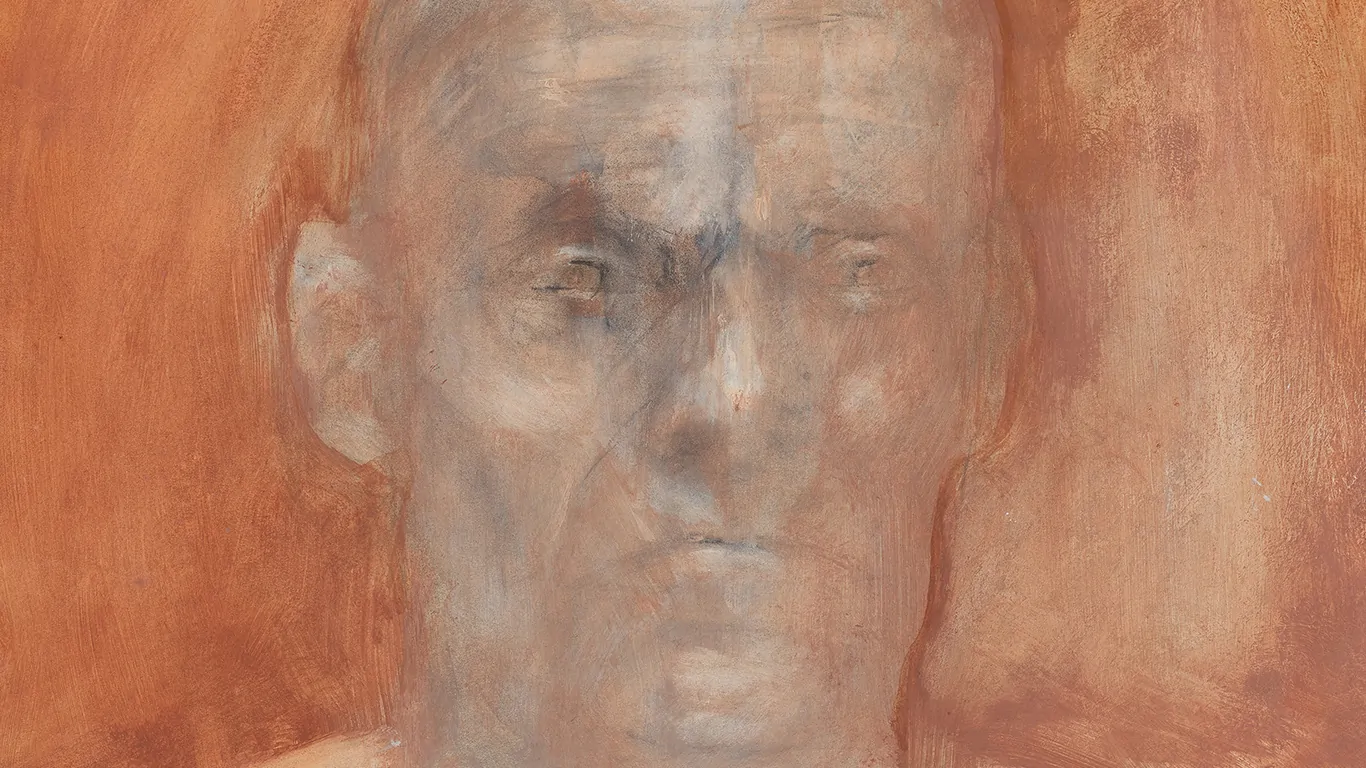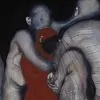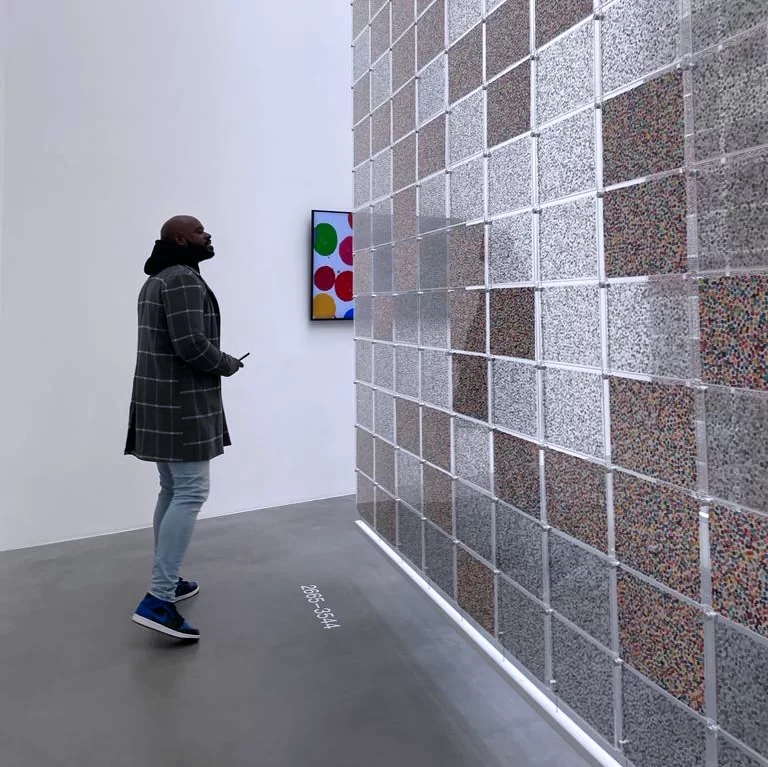In his first solo U.K. exhibition, the London-born artist presents more than 100 works that probe the human form, intimacy and resistance.
“Vulnerability is not weakness but truth laid bare,” Alan Watts once said. For the multidisciplinary artist Mal Fostock, that sentiment feels less like philosophy than daily practice.
Fostock moves easily between painting, drawing, sculpture, printmaking and photography, treating each medium as a way to remain exposed. What emerges is not polish or pretence but the unguarded reality of an artist intent on expression without disguise.
His work returns, again and again, to the body — the curve of a shoulder, the weight of a gaze, the silence between movements. The human form, in all its elegance and fragility, is his point of departure. Cultural currents shape the line of his hand and the patience of his eye, leaving traces in every mark.
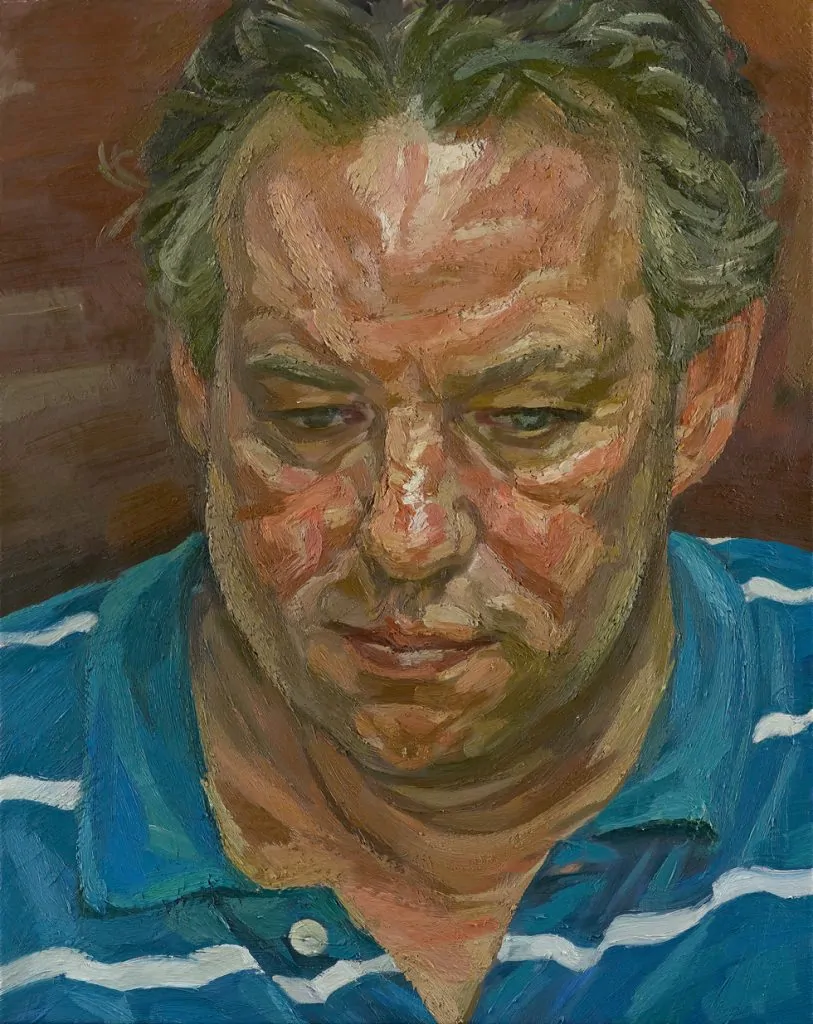
Oil on Canvas
51 cm x 41 cm
Courtesy of the artist
Fostock is less concerned with likeness than with what lies beneath the surface: what endures, what breathes when the body is still. Figures and fleeting expressions become notes in what he calls the unfinished composition of being human.
In works like Reluctant Model, intimacy unfolds with a rawness that is both disarming and magnetic. What arrests the viewer is not the subject’s likeness, but the weight of his resistance — the unease of being human, of being seen, of being captured. Fostock approaches portraiture not as flattery or myth-making, but as confrontation.
The brushwork is almost sculptural, built up in thick impasto strokes that excavate rather than smooth. The flesh is mottled with colour. Downcast eyes, a heavy brow, the tension of a clenched jaw — all suggest a man burdened not only by the artist’s gaze but by his own reluctant participation. “Nothing is more fascinating to me, or more challenging, than to create a portrait,” Fostock has said. It is here, in the vulnerability of being human, that he excels.
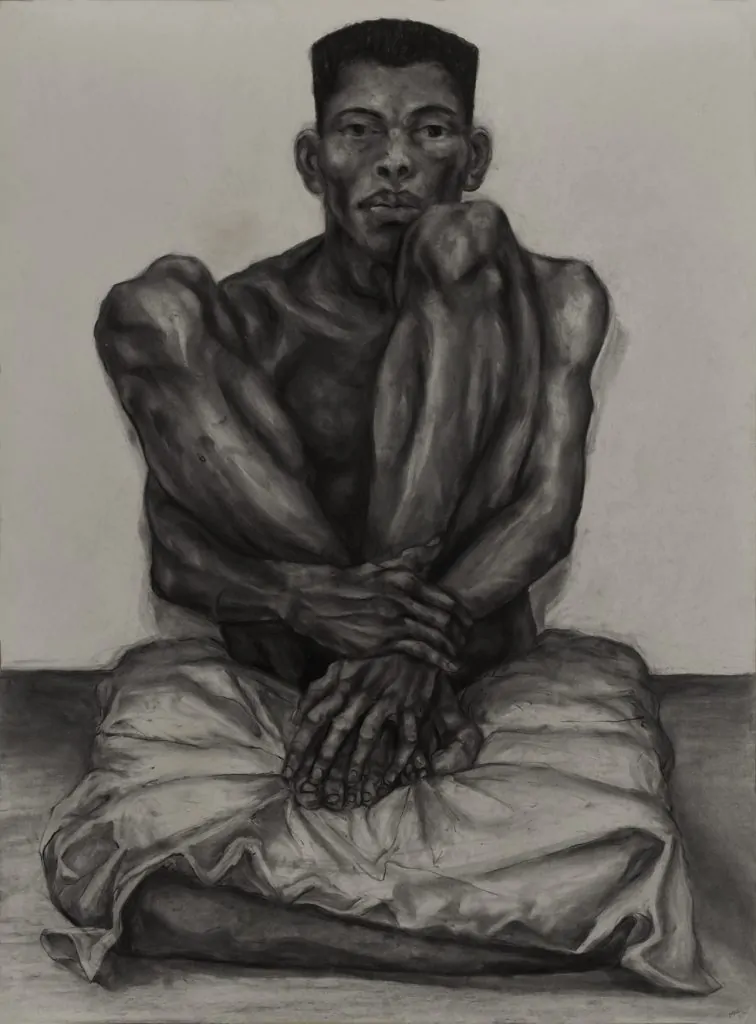
Charcoal on paper
137.5 cm x 101.5 cm
Courtesy of the artist
What elevates Reluctant Model is its psychological drama: the negotiation between artist and subject, the desire to reveal and the desire to conceal. The sitter resists; the painter insists. In this tension lies the painting’s power.
Art, for Fostock, is also inheritance. His mother, Bushra Fakhoury, is a sculptor whose monumental works can be found in public spaces across London. His brother, Rami Fustok, is an art collector and the founder of The Mandrake, a hotel that doubles as an art-filled sanctuary. Mal Fostock carries that lineage forward while charting a course distinctly his own.
His curiosity for the arts began at school, leading him to Wimbledon College of Art in 1992, where he earned a degree in fine art. He went on to the New York Studio School of Drawing, Painting and Sculpture, an environment that honed his practice with the intensity of an artistic vineyard.
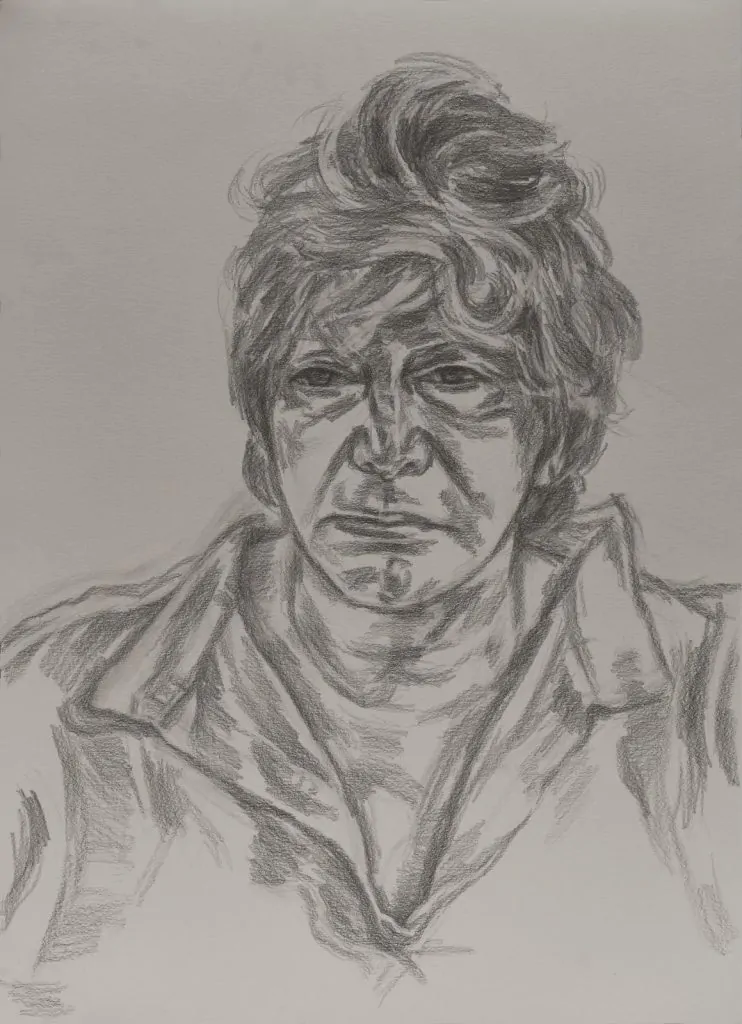
graphite on Paper
78.5 cm x 57 cm
Courtesy of the artist
Over the years, he has received guidance and encouragement from leading artists and cultural figures. Sir Eduardo Paolozzi and Dame Elisabeth Frink both responded warmly to his work, as did Adi Da Samraj, Stanislav Frenkiel RWA and others.
This October, he opens his first solo U.K. exhibition, Inclusion, at Mall Galleries, while his mother shows her work in the North Gallery. Fostock will present more than a hundred works spanning the breadth of his career in the West Gallery.
For him, the body is neither idolised nor diminished. It is approached like a long-kept secret: carefully, with reverence, and with the patience to listen before speaking. His drawings lean into silence — the hush of a pencil’s arc, the pause before a line commits. His sculptures, by contrast, thrum with existence, rough surfaces holding light the way skin holds memory.
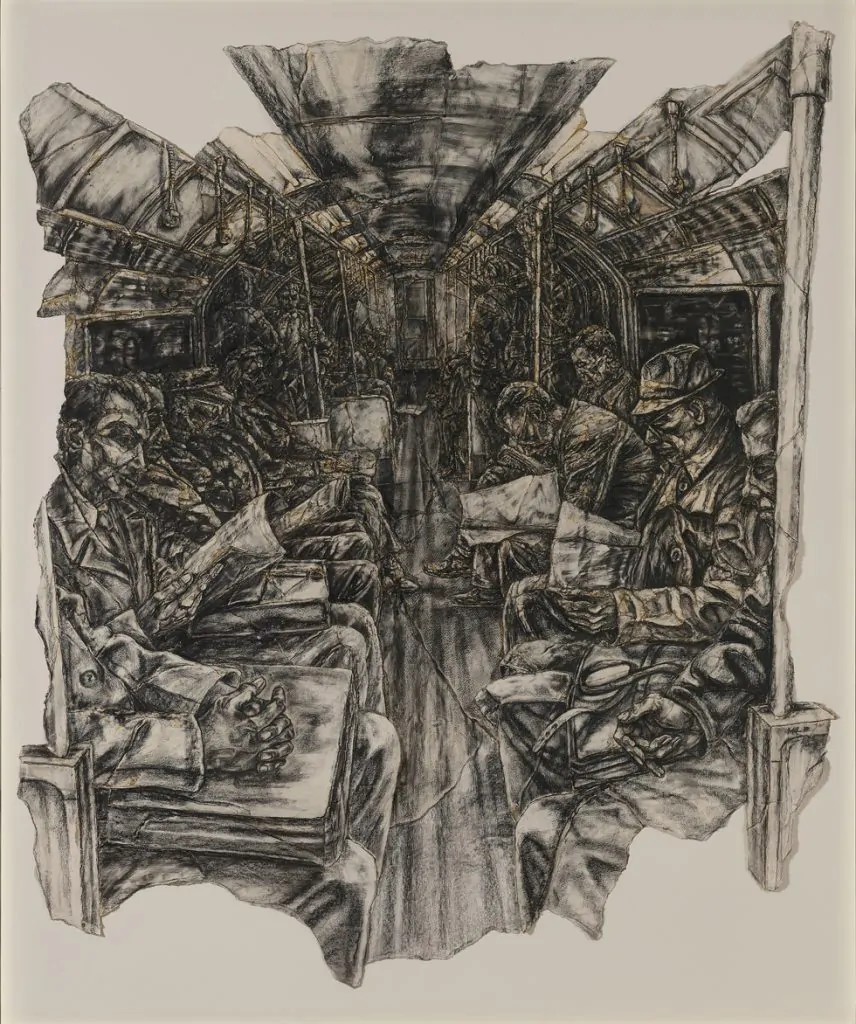
Charcoal on paper
197 cm x 170 cm
Courtesy of the artist
Fostock is an artist of multiplicity. Each discipline is a dialect, and he speaks them all. Yet the languages converge around a single idea: that beneath the fractures of identity, belief and circumstance, there lies a ground of prior unity. A belonging that precedes us, and to which his work points us back.
©2025 Mal Fostock


